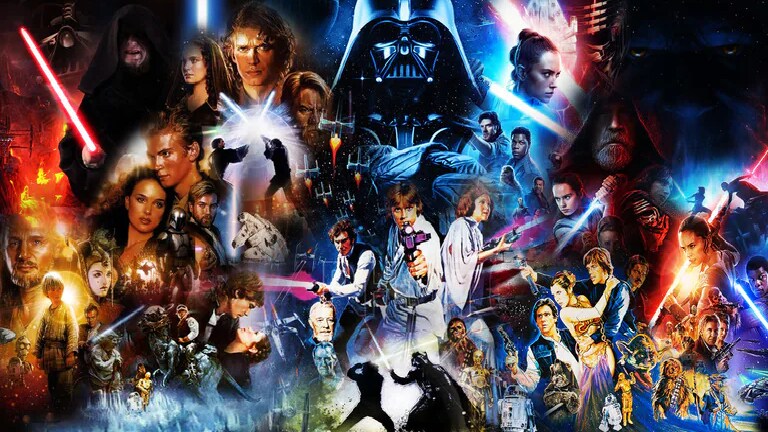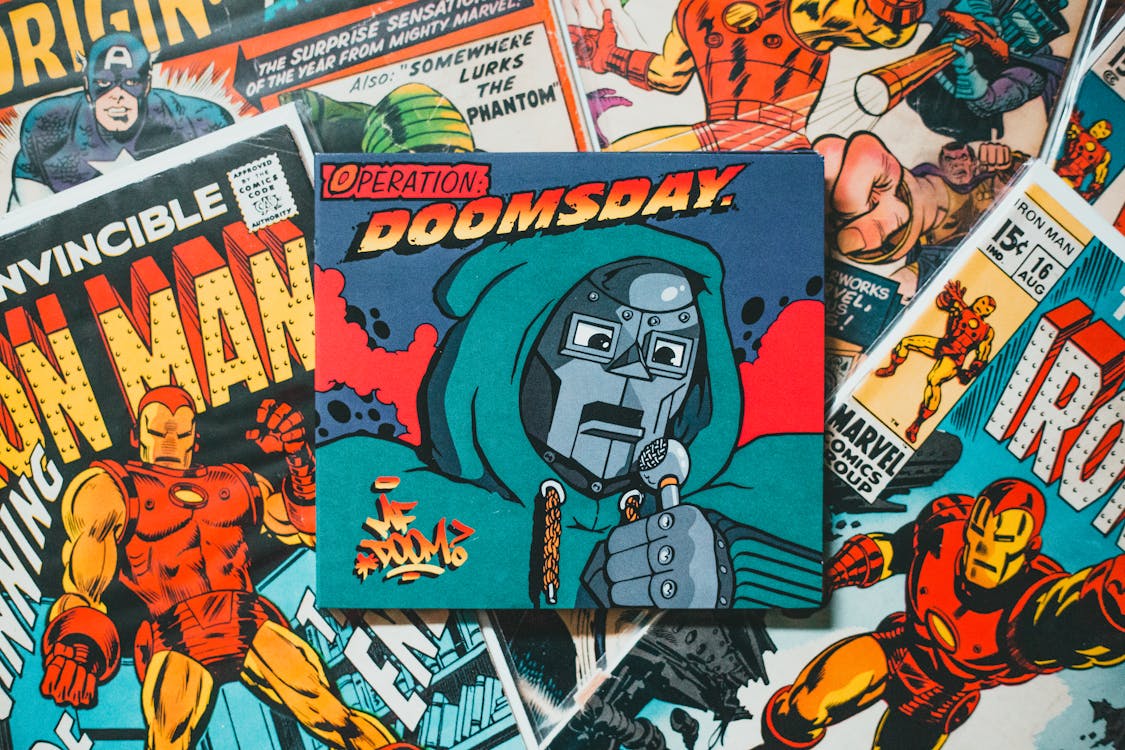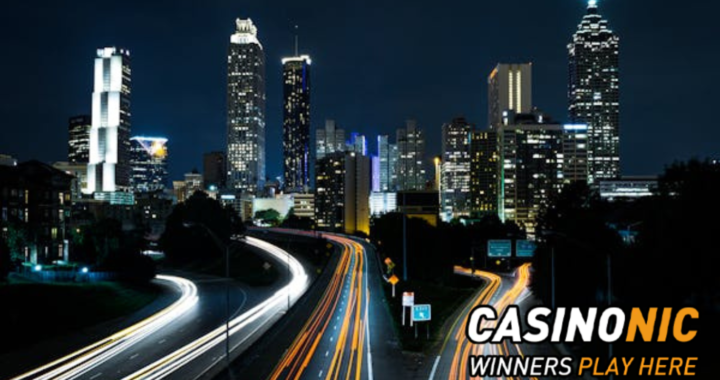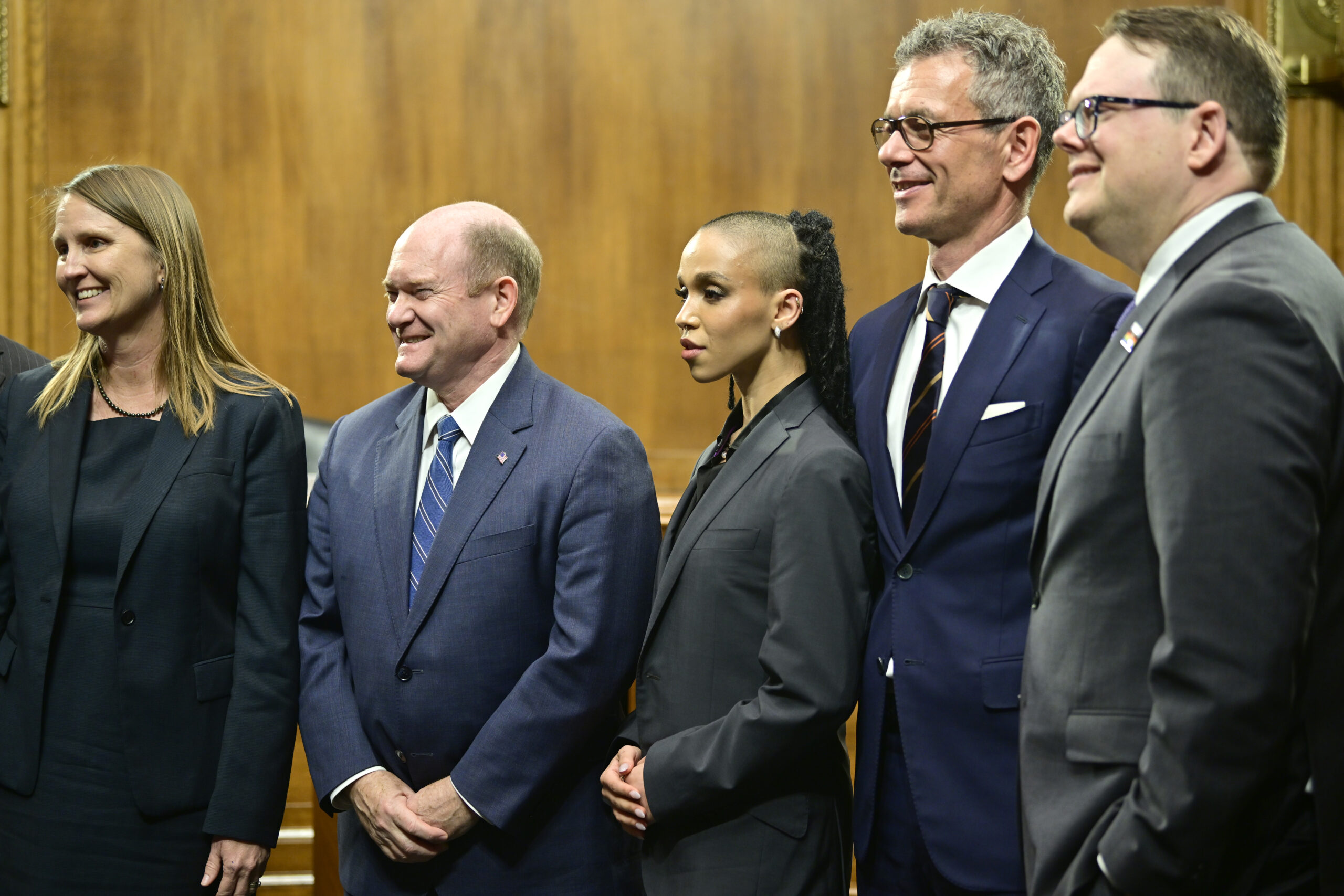
Collaborative Excellence for Comic Book Artists and Writers
In the ever-changing world of comic book creation, the collaboration between artists and writers is crucial for breathing life into captivating stories. I sat down with the CEO of Comic Crusaders, Al Mega, to chat about his commitment to nurturing creativity and empowering emerging talents is truly praiseworthy so let’s talk about the most effective approaches for comic book artists and writers, highlighting the importance of collaboration and teamwork. Check out some of his tips below:
1. Open Communication:
- Establishing open lines of communication is paramount. Regular meetings or check-ins can help artists and writers align their visions for the comic. A shared understanding of the narrative and visual elements ensures a cohesive final product.
- Utilize communication tools efficiently, such as project management software or dedicated channels for discussing plot points, character designs, and overall progress.
2. Understanding Each Other’s Roles:
- Both artists and writers should have a solid understanding of their respective roles. Writers should appreciate the visual storytelling aspect brought by artists, while artists should respect the narrative crafted by writers. This mutual understanding fosters a harmonious creative process.
3. Storyboarding and Thumbnails:
- Before diving into the final artwork, collaborate on storyboarding and thumbnails. This stage allows for a visual representation of the narrative flow, ensuring that both the written and visual components align seamlessly.
- Invite feedback and make necessary adjustments during this early phase to avoid major revisions later in the process.
4. Consistent Style and Tone:
- Establish a consistent artistic style and tone that complements the story. Writers and artists should discuss and agree upon the visual aesthetics and mood of the comic. Consistency enhances the immersive experience for readers.
5. Timely Feedback and Revisions:
- Timely feedback is crucial for refining the comic. Writers should provide constructive feedback on artwork, and artists should offer insights into how visual elements enhance or complement the narrative.
- Embrace a collaborative spirit when making revisions, ensuring that changes serve the overall storytelling goals.
6. Respecting Deadlines:
- Adhering to deadlines is a sign of professionalism and reliability. Both artists and writers should work in tandem to meet agreed-upon timelines. This not only ensures the timely release of the comic but also minimizes stress and last-minute changes. If you find yourself in a time crunch, there are some pay for essay writing with trusted services that can be used to get the project done on time.
7. Storyboarding and Thumbnails:
- Before diving into the final artwork, collaborate on storyboarding and thumbnails. This stage allows for a visual representation of the narrative flow, ensuring that both the written and visual components align seamlessly.
- Invite feedback and make necessary adjustments during this early phase to avoid major revisions later in the process.
8. Mutual Support and Recognition:
- Celebrate each other’s successes and contributions. A collaborative effort requires mutual support and acknowledgment. Publicly recognize the collaborative nature of the comic creation process, showcasing the teamwork behind the final product.
In the dynamic realm of comic book creation, the key to achieving success lies in the effective collaboration between writers and artists. By promoting transparent communication, acknowledging each other’s responsibilities, and fostering a spirit of collaboration, comic book creators can skillfully craft engaging storylines that captivate readers. Al Mega’s unwavering dedication to fostering and supporting talent perfectly embodies the essence of collaborative brilliance, guaranteeing that Comic Crusaders will continue to motivate and enlighten the upcoming generation of comic book creators.
Author Profile
Latest entries
 ColumnsMay 6, 2024A Comprehensive Evaluation of the Premier Online Betting Service, Casinonic
ColumnsMay 6, 2024A Comprehensive Evaluation of the Premier Online Betting Service, Casinonic GamingMay 3, 2024Unveiling the Enthralling Universe of Petir108 Slot Games: An In-Depth Exploration
GamingMay 3, 2024Unveiling the Enthralling Universe of Petir108 Slot Games: An In-Depth Exploration ColumnsApril 30, 2024Igniting Your Child’s Love for Star Wars: A Parent’s Guide
ColumnsApril 30, 2024Igniting Your Child’s Love for Star Wars: A Parent’s Guide Comic Book NewsApril 30, 2024The Links Between Comics and Casinos
Comic Book NewsApril 30, 2024The Links Between Comics and Casinos









